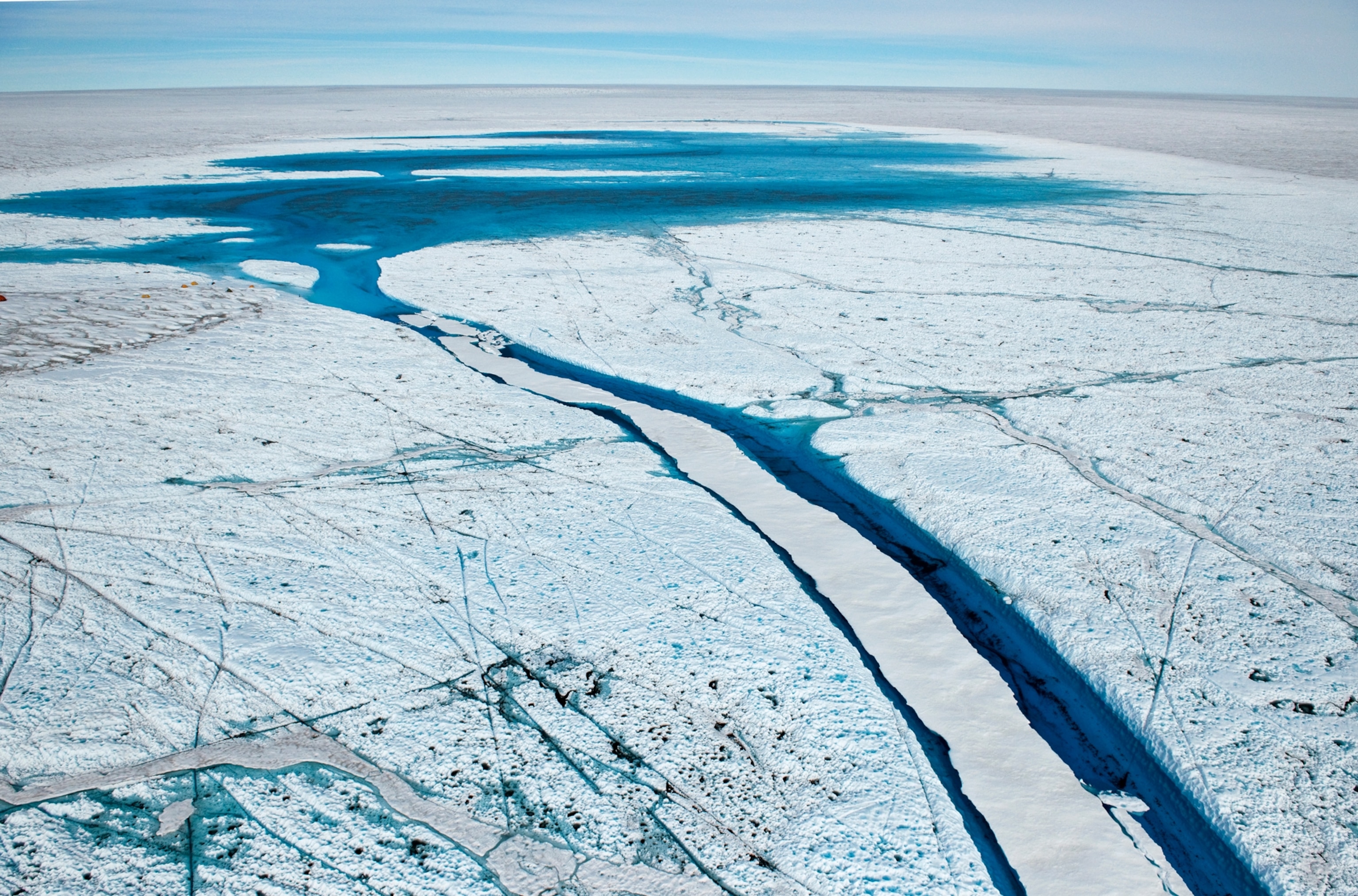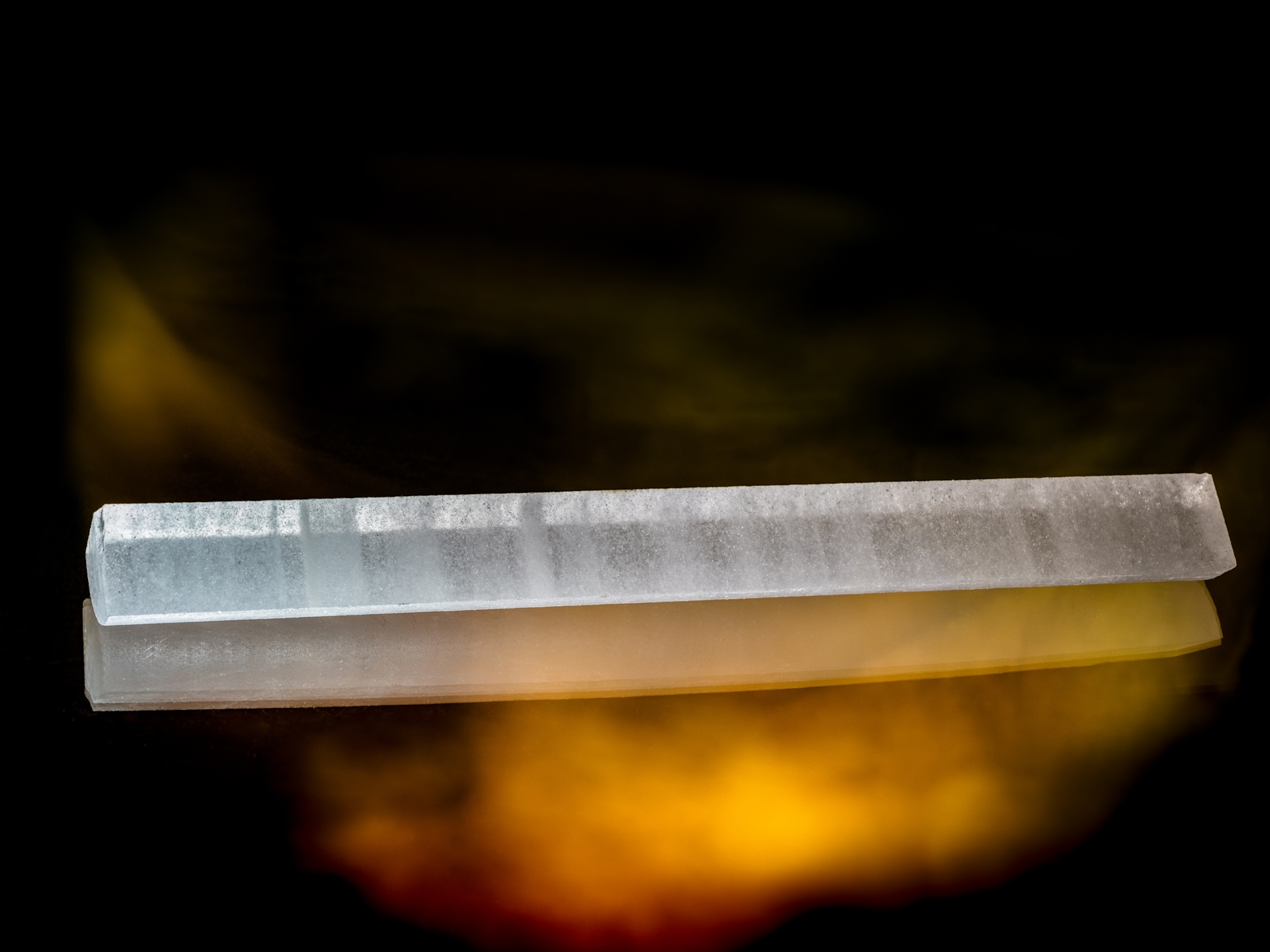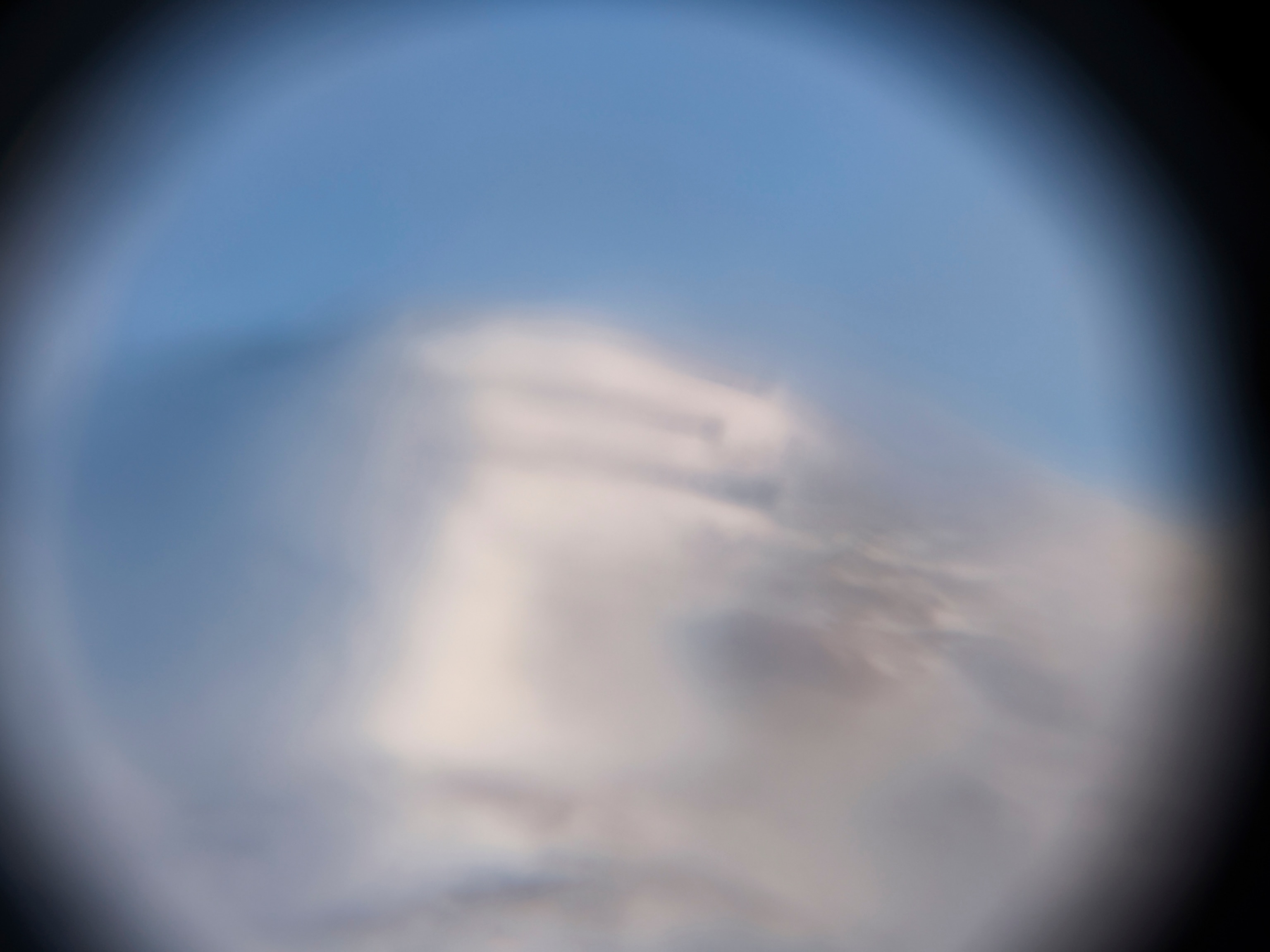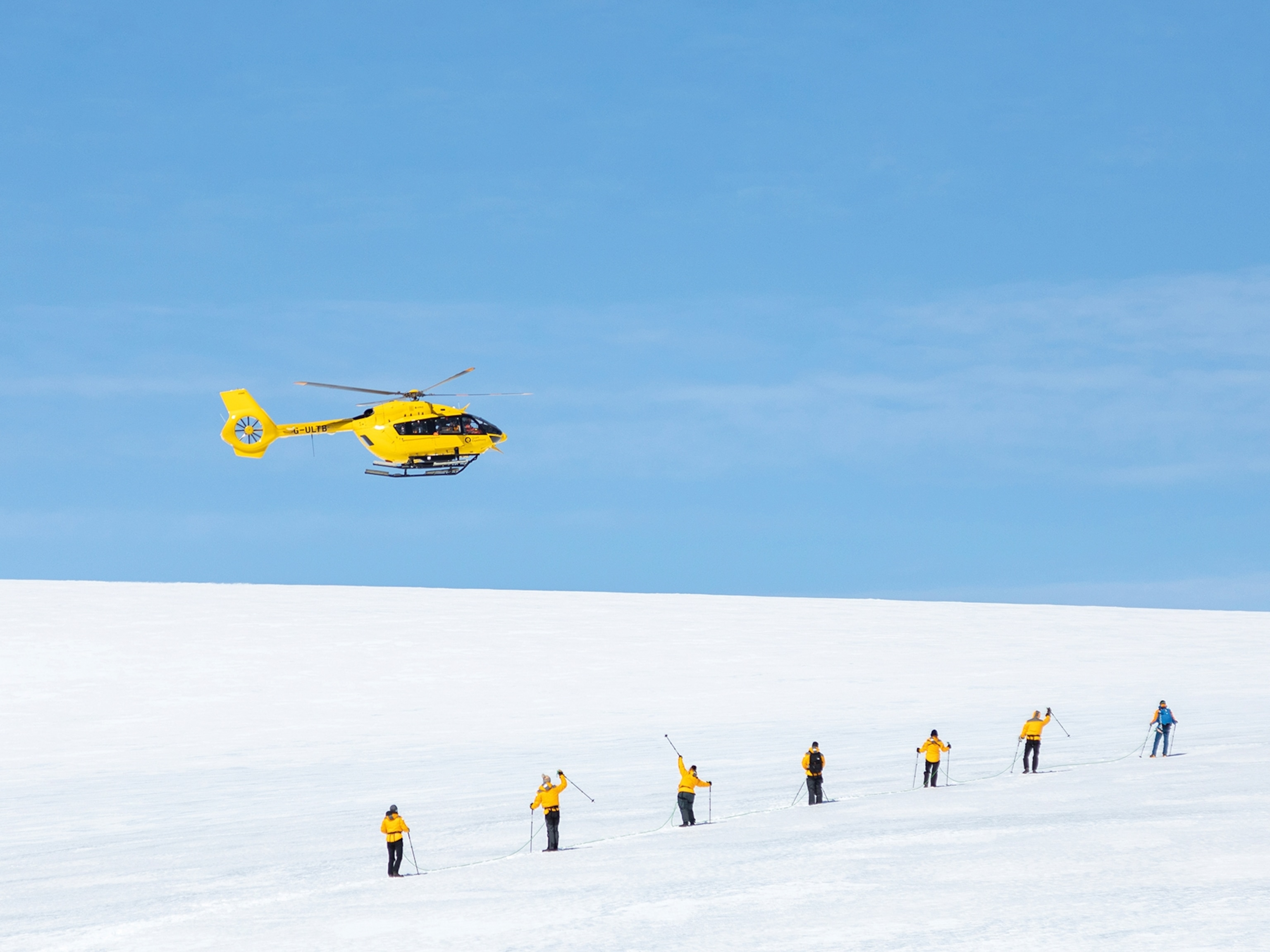
Giant Canyon Discovered Under Greenland Ice Sheet
The subglacial bedrock canyon is nearly twice as long as the Grand Canyon.
Imagine if you could pick up the Greenland Ice Sheet and see what lies beneath. Surely 1.7 million square kilometers of slowly thawing ice must rest on a massive pool of melted water, right?
Not necessarily, according to a study released today in the journal Science. Unlike the ice sheet covering Antarctica that sits atop numerous lakes, the Greenland Ice Sheet blankets a giant subglacial canyon nearly twice as long as the Grand Canyon located in Arizona. (Read: "Changing Greenland" in National Geographic magazine.)
Scientists suggest the canyon—which runs as deep as half a mile (800 meters) and as long as 466 miles (750 kilometers)—is paleofluvial, meaning it originated as a system of rivers in Greenland's hard bedrock surface. According to this research, the canyon is part of an organized valley system that carries meltwater away from the inland ice sheet and funnels it toward coastal fjords connecting to the Arctic Ocean. (Related: "Ancient Global Warming Raised Sea Levels Nearly 70 Feet.")
Jonathan Bamber, lead author of the study and a physical geography professor at the University of Bristol in the United Kingdom, says he believes the canyon pre-dates the ice sheet. Before the land was completely glaciated at least four million years ago, melt from partial ice cover likely flowed through the bedrock canyon.
Since then, the features of the land have survived glaciation without significant erosion.
Beyond the Surface
While flying over the ice sheet, scientists over the past three decades have measured the depths of the canyon using a radar system that operates at frequencies where ice is transparent to radio waves—from around 50 megahertz to 500 megahertz. A pulse of energy is sent down to penetrate through the ice, bounce off the bedrock, and travel back to the radar system. (Also read: "'Shocking' Greenland Ice Melt: Global Warming or Just Heat Wave?")
Bamber and his team compiled this decades-worth of airborne radar data, mainly from NASA, to build a more comprehensive picture of what sits under the Greenland Ice Sheet.
The data have made him curious about other parts of the world. The Antarctic Ice Sheet, which is ten times as large as Greenland's, sits on a complex topography that includes bedrock and mountain ranges. After the recent canyon discovery in Greenland, Bamber says it is hard not to wonder about the areas of Antarctica still left to be explored.
Greenland has been glaciated for about 3.5 million years, and will continue to remain so for thousands more. But because of constantly increasingly global temperatures, it is difficult to determine when exactly the glacial land ice will completely erode. Understanding what happens to meltwater will be crucial for research on the future of glacial melt and rising sea levels. (Watch: "Greenland Ice Sheet.")
"If we carry on warming up the planet, the ice is going to melt faster than we want it to," Bamber said. "It really depends on what we do to the planet, doesn't it?"
Follow Jaclyn Skurie on Twitter.





